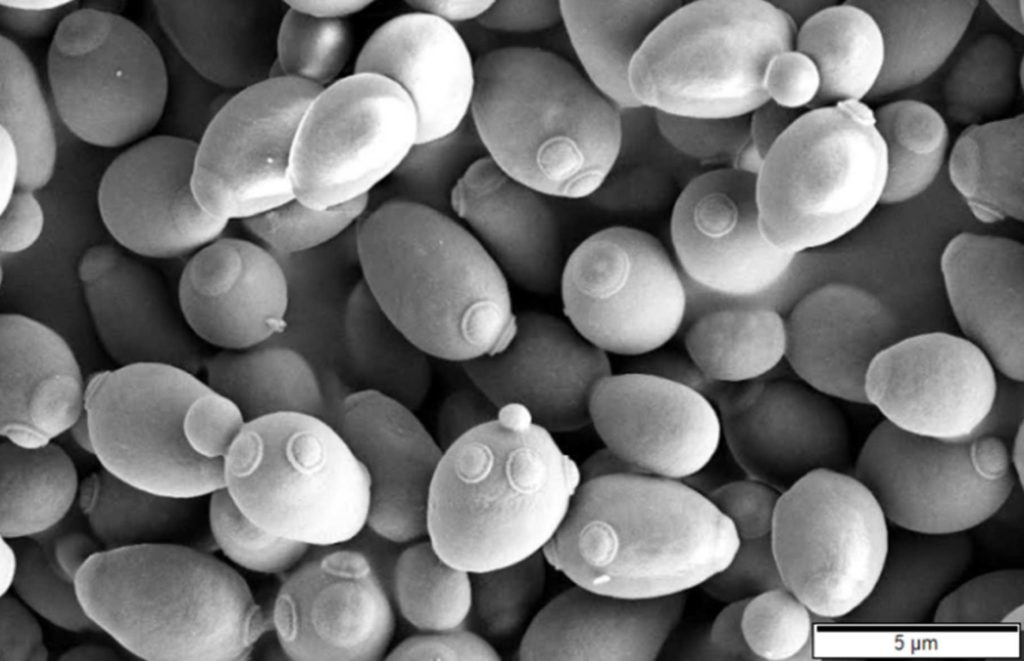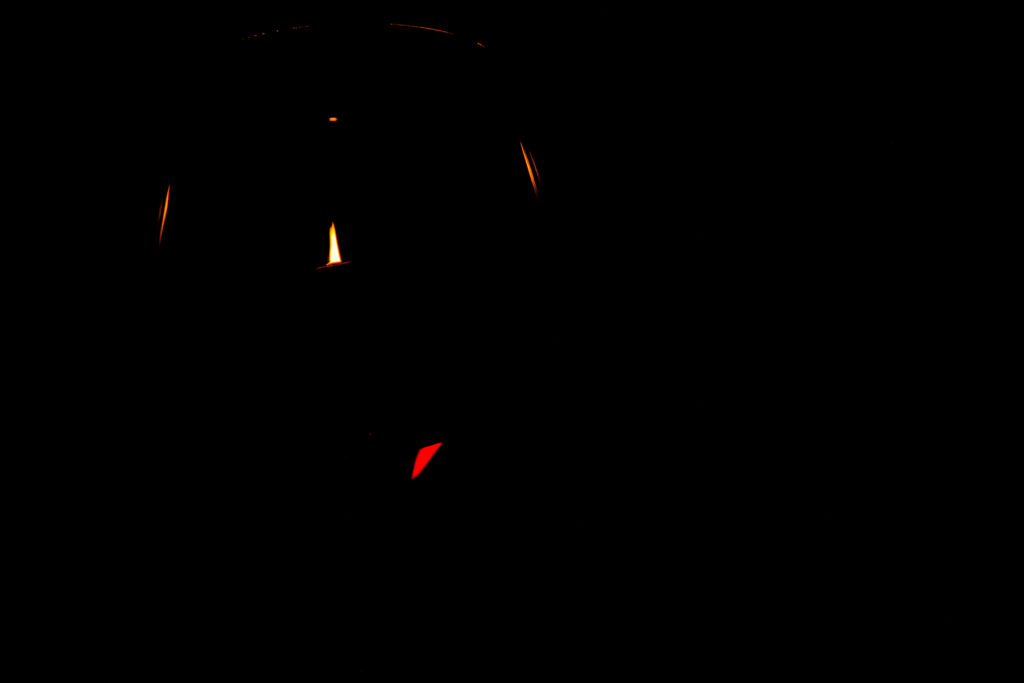“I believe that water is the only drink for a wise man; wine is not so noble a liquor; and think of dashing the hopes of a morning with a cup of warm coffee, or of an evening with a dish of tea! Ah, how low I fail when I am tempted by them! Even music may be intoxicating. Such apparently slight causes destroyed Greece and Rome, and will destroy England and America. Of all ebriosity, who does not prefer to be intoxicated by the air he breathes?” –Henry David Thoreau, Walden
“A person who is really crazy cannot understand that he is crazy, but a madman who understands that he is mad is not so crazy.” –Taisen Deshimaru, Questions to a Zen Master
What are Yeast: Yeast are eukaryotic, single-celled microorganisms classified as members of the fungus kingdom. Eukaryotic refers to organisms in the genetic material is DNA in the form of chromosomes in a distinct cell nucleus. Most Earth-borne species are eukaryotes, including plants. Microorganisms are essentially life forms that require a microscope to be seen, such as bacteria, viruses, and fungi. And the fungus kingdom is made up of organisms that feed on organic matter and produce spores such as molds, yeast, mushrooms, and toadstools. As the Wikipedia tells us “Yeasts are unicellular organisms that evolved from multicellular ancestors, with some species having the ability to develop multicellular characteristics by forming strings of connected budding cells known as pseudohyphae or false hyphae. Yeast sizes vary greatly, depending on species and environment, typically measuring 3–4 µm in diameter, although some yeasts can grow to 40 µm in size. Most yeasts reproduce asexually by mitosis, and many do so by the asymmetric division process known as budding. With their single-celled growth habit, yeasts can be contrasted with molds, which grow hyphae.”
A favorite, and common, yeast species is Saccharomyces Cerevisiae. This is the favored species for fermentation, the conversion of sugar into alcohol, carbon dioxide, and heat, that has been used in the production of baked goods and alcoholic beverages for millennia. Saccharomyces Cerevisiae Are pictured in the following scanning electron microscope (SEM) image (CC licensed from commons.wikimedia.org).

Yeast Eat Sugar, Pee Alcohol, and Fart CO2: A well-known and highly-regarded Finger Lakes winery owner once explained that in the process of fermenting wine, the yeast eat sugar, pee alcohol, and fart carbon dioxide. That one mental image has stuck firmly and been repeated many times in lessons on wine and general biology. It is a simple process to visualize, only really misses detailed mechanisms and the production of heat, but makes it wonderfully simple to remember the amazing jobs that these fungi are doing in the service of human hedonism and good health. Remember.

Importance of Grapes & Wine: Perhaps it goes without saying, but without yeast there would be no wine (or bread, or beer, etc.). Grapes are also a critical component of traditional wine, but they can’t do it on their own and even spontaneous fermentations in the field (picture drunken birds and animals; it happens) or in the winery are due to yeast spores hanging around for long periods of time waiting for favorable conditions in which to work their magic. Grape juice brings the sugar, yeast spores are eagerly waiting to become yeast cells to eat that sugar (and reproduce), make the alcohol we enjoy in still wine, and the carbon dioxide that provides the bubbles in sparkling wine. More about all those processes to come in future posts. Cheers!
Next up; Zen.